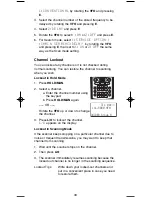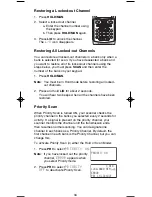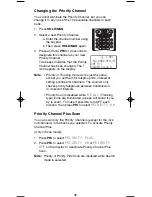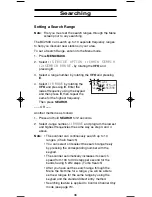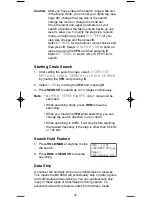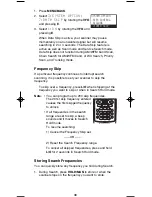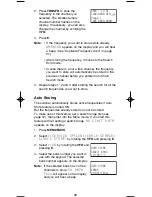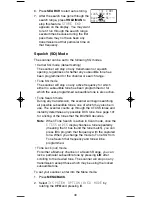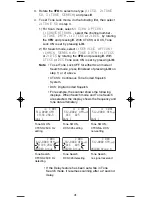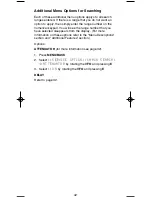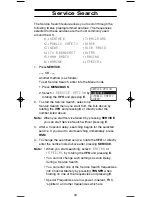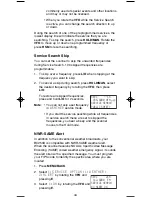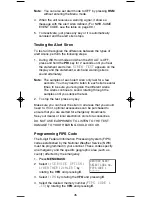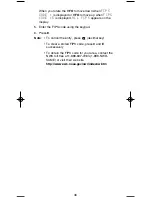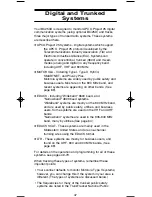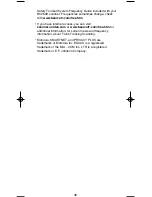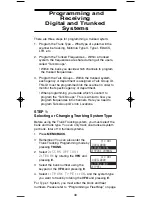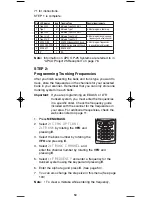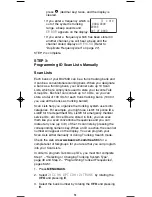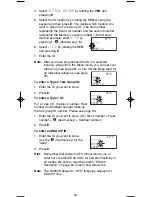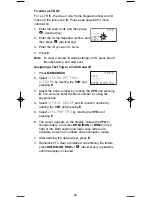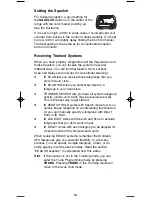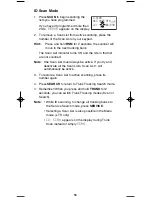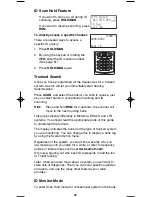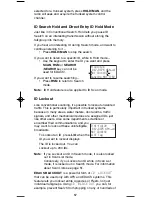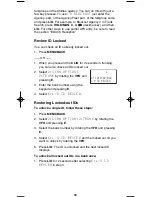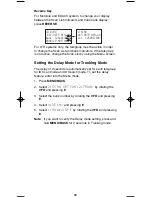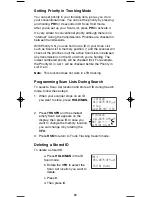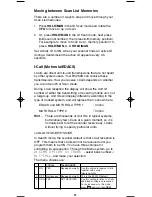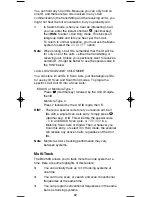
Digital and Trunked
Systems
Your BC250D is designed to monitor APCO Project 25 digital
communication systems (using optional BCi25D) and tracks
three major types of trunked radio systems. These systems
are described here.
❖
APCO Project 25 Systems - Digital systems which support
the APCO Project 25 protocol developed by the
Telecommunications Industry Association (TIA) and
Electronic Industries Alliance (EIA). Systems can
operate in conventional, trunked (3600) and mixed-
modes (analog and digital) in any frequency band
including UHF, VHF and 800 MHz.
❖
MOTOROLA - Including Type I, Type II, Hybrid,
SMARTNET, and Privacy Plus.
Motorola systems are widely used by public safety and
business users. Most are on the 800 MHz band, and
recent systems are appearing on other bands. (See
page 69).
❖
EDACS - Including "Wideband" 9600 baud, and
"Narrowband" 4800 baud systems.
"Wideband" systems are mostly on the 800 MHz band,
and are used by public safety, utilities, and business
users. Some systems are used on the VHF and UHF
bands.
"Narrowband" systems are used in the 935-940 MHz
band, many by utilities.(See page 64).
❖
EDACS SCAT - These systems are mainly used in the
Midwestern United States and are one-channel
trunking sites using the EDACS format.
❖
LTR - These systems are mostly for business users, and
found on the UHF, 800 and 900 MHz bands. (See
page 68).
For details on the operation and programming for all of these
systems, see pages 49-79.
When tracking these types of systems, remember these
important points:
• Your scanner defaults to monitor Motorola Type II systems;
however, you can change this if the system in your area is
different. (The types of systems are discussed below.)
• The frequencies for many of the trunked public safety
systems are listed in the TrunkTracker National Public
47
BC250D 11/6/2 11:37 AM Page 47

